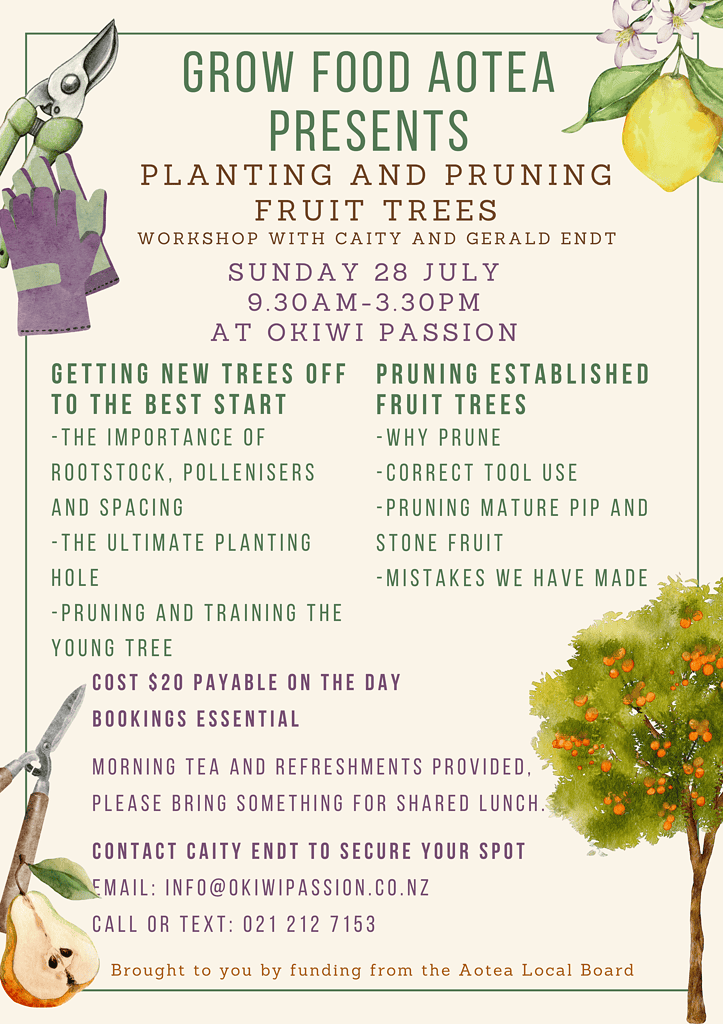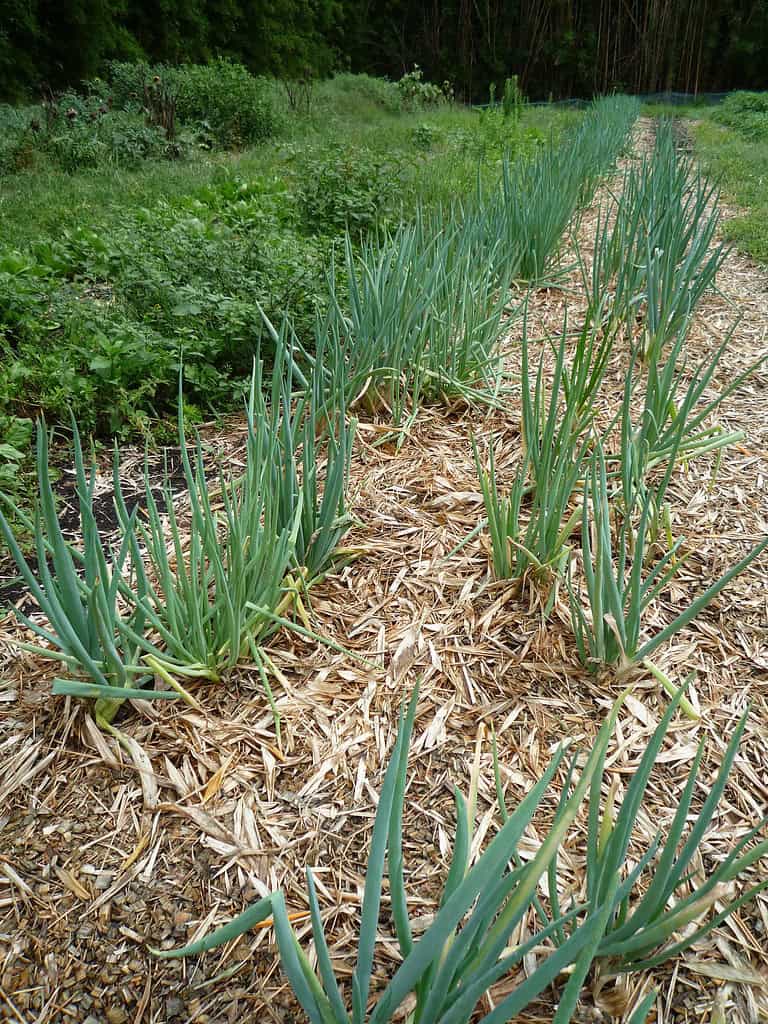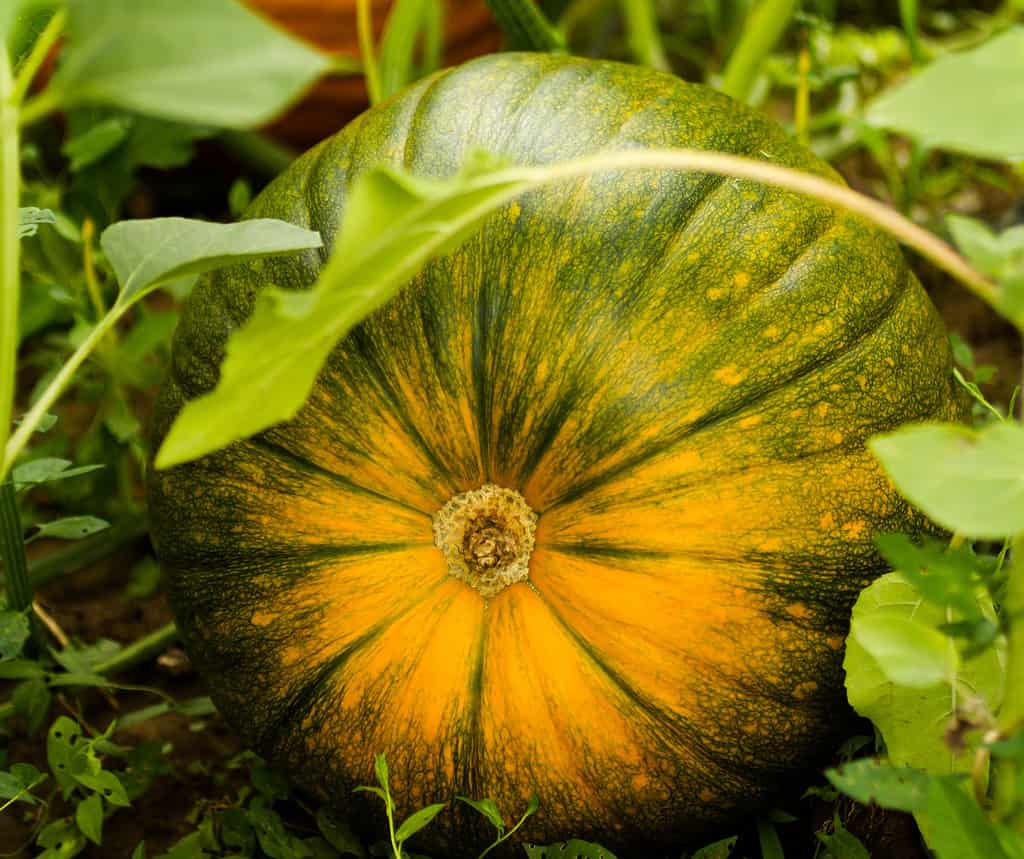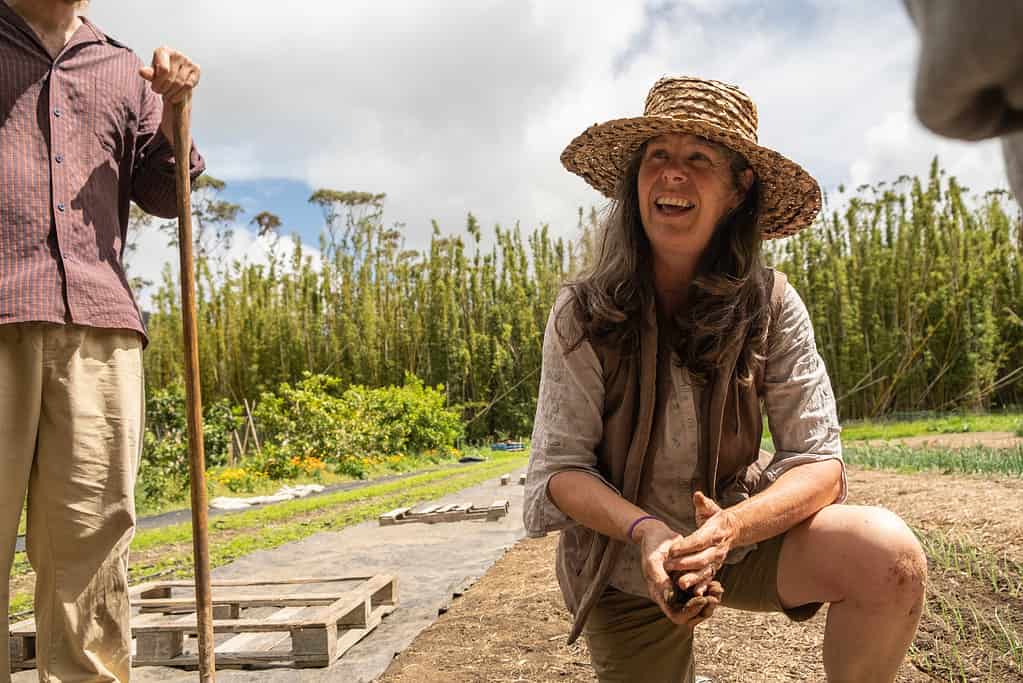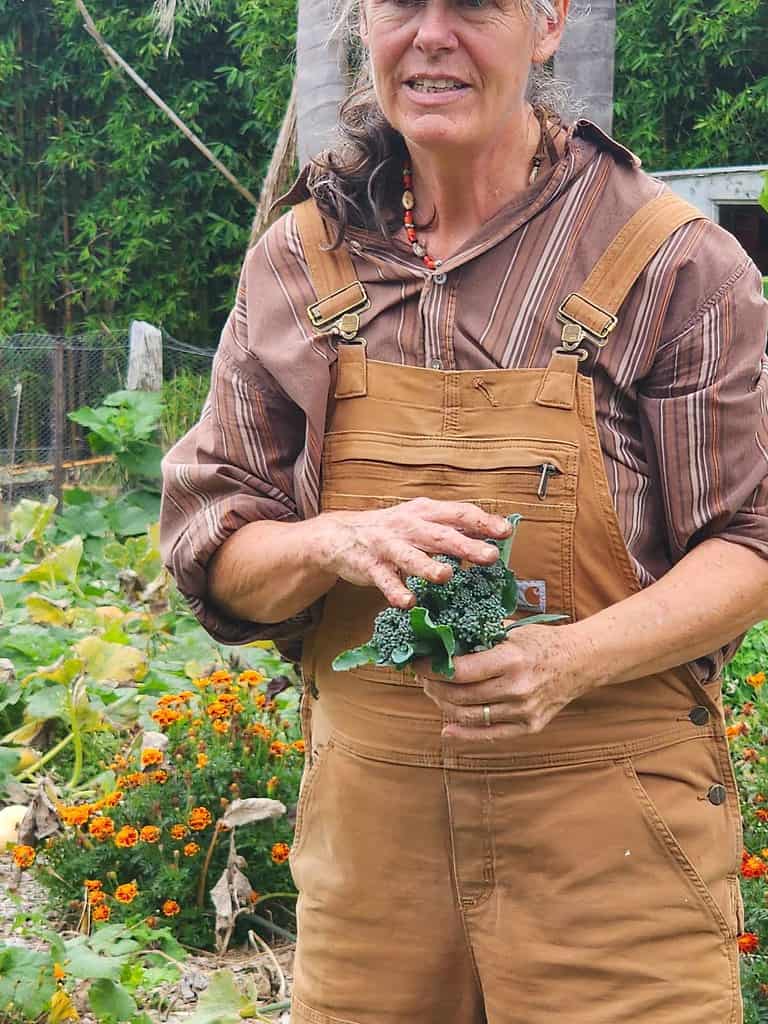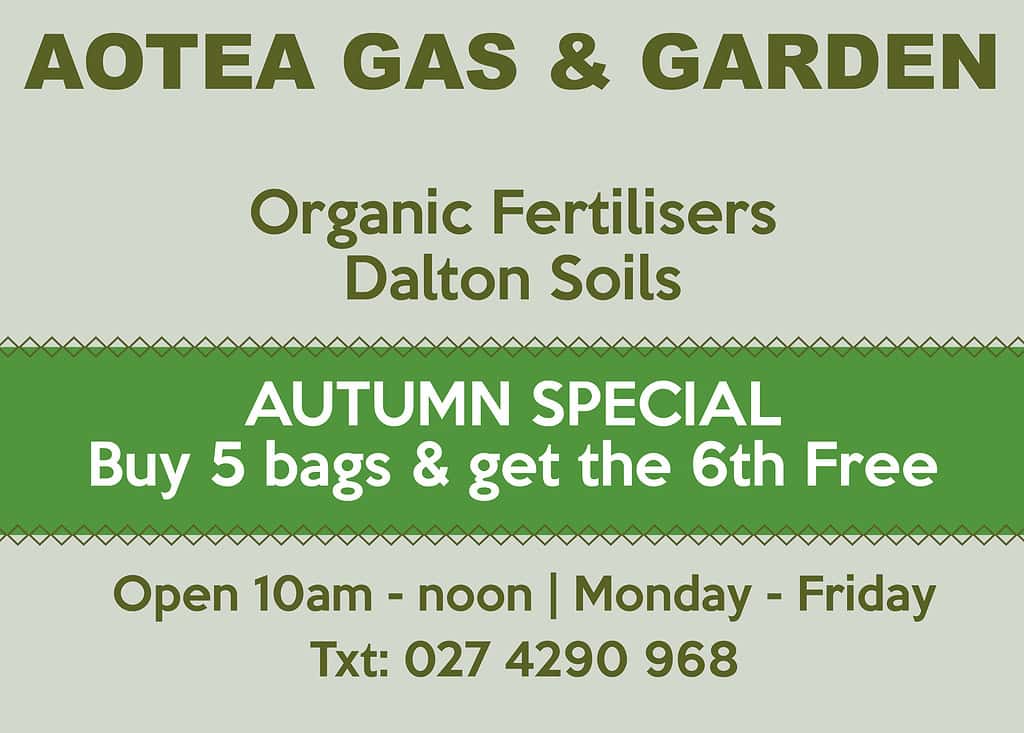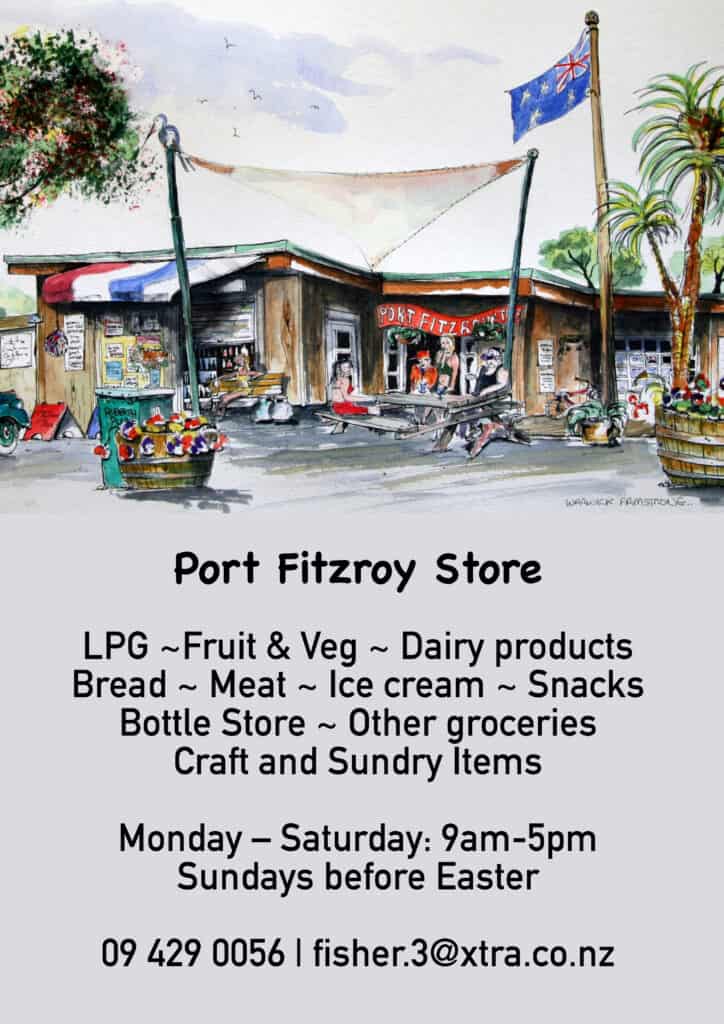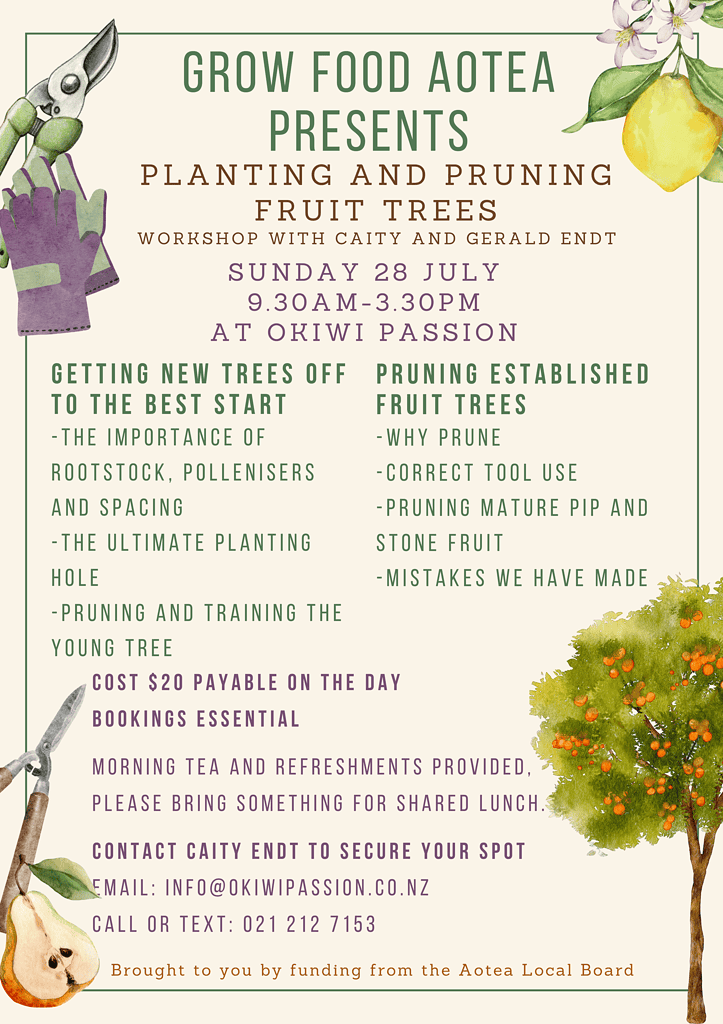Changes to Aotea’s Food Resilience Programme
Food resilience is essential for the security or resilience of our community and can play a significant role in reducing use of resources and waste to landfill. The Food Resilience Programme supported by the Aotea / Great Barrier Island Local Board has recently transitioned from AoteaOra Trust to Anamata. Caity Endt remains as the Food Resilience Coordinator and Saskia Missaar the Oruawharo Community Garden Manager and there will be additional support from other Anamata team members. The AoteaOra Trust also continues significant projects that involve collaboration both on and off the island to support food resilience. We are very excited about the potential to further improve the resiliency of Aotea for all who live here.
The Garden & Orchard in July
Winter cold at last! Although the days are slowly getting longer, July is the coldest month of winter with most frosts on Aotea typically taking place over the next few weeks so beware!!
Be Warned! It is tempting to try to get plants in super early but our experience is that they usually take a long time to get going, and by being patient, later plantings will overtake those that were planted too early. Planting in the cold can also trigger plants to bolt (go to flower) prematurely when the weather warms up.
Sow (in greenhouse) for planting in August
- Onions (latest mid August)
- banana shallots (latest mid August)
- Brassicas (asian greens like pak choy, plus cabbage, kale, broccoli)
- Lettuce (cool season varieties such as Cos, Tom Thumb and Little Gem)
- Parsley (soak for 24 hrs before sowing)
- Sugar snap peas and snow peas (see below)
- Flowers for beneficial insects: alyssum, hollyhocks, sweet peas for flowers, violas, stock, calendula
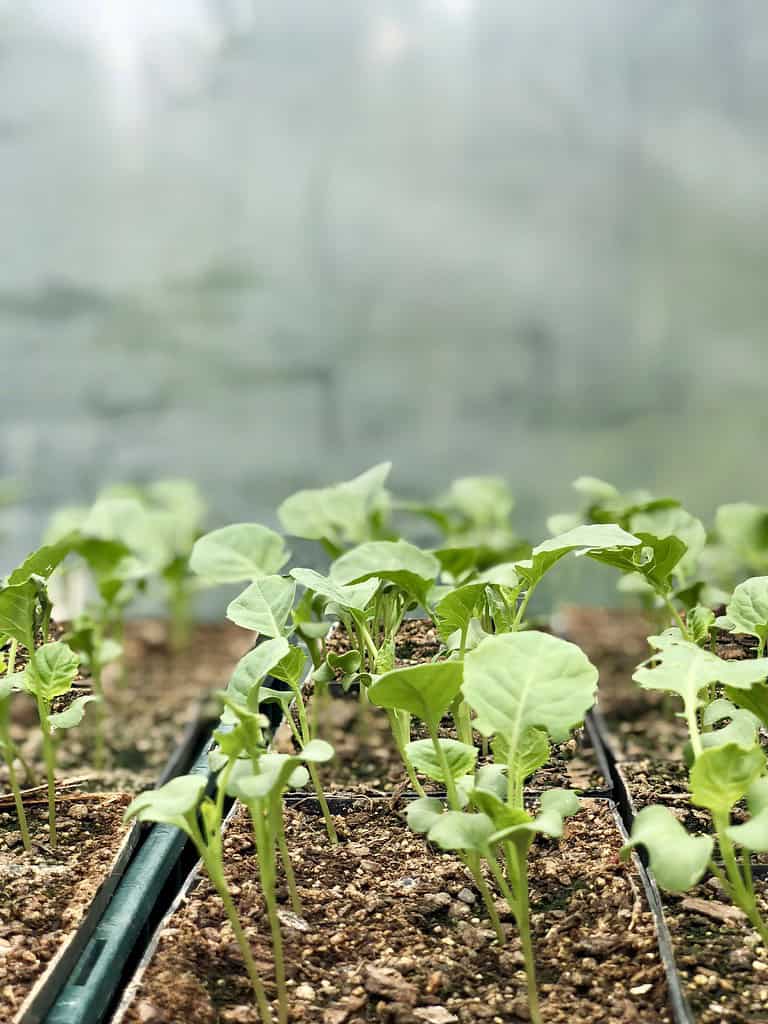
Direct Sow (sow straight into the soil)
There isn’t much worth direct sowing right now, the soil is too cold EXCEPT
- Sugar snap and snow peas! You can sow them direct if your site is sunny and well drained, or pre-sprout them by lying on a damp tea towel, and once the roots start to appear, plant into a well drained, sunny part of the garden. Prepare the garden space with a climbing frame for climbing peas. PROTECT FROM BIRDS!
- Favourite variety: Bohemian Sugarsnaps are very vigorous, climbing up to 2 metres, and extremely productive over 2-3 months.
- Coriander can be soaked 24 hrs and direct sown as well but it will probably bolt in September.
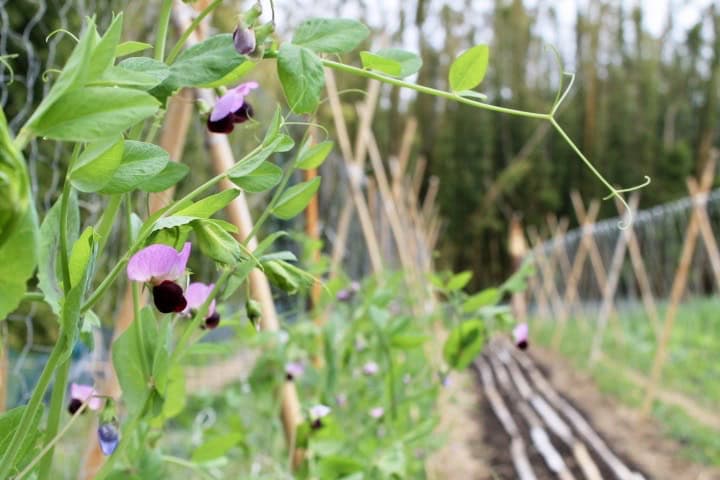
Plant
- Shallots and spring onions, small onions like Purplette, storage onions like Pukekohe Long keepers
- Potatoes (well sprouted and with frost protection)
- Globe artichokes (seedlings)
- Jerusalem artichoke (dormant tubers)
- Rhubarb
- Asparagus crowns
- Yacon (Mike Toseland has spare tubers)
- Lettuce (cool season varieties such as Cos, Little Gem, Tom Thumb, Perella Montpellier)
- Endives and escarole (although likely to bolt in September)
- Flowers for beneficial insects: alyssum, sweet peas for flowers, violas, stock, calendula
Watch out for
- Slugs and snails
- Birds after new seedlings
- Frost! Keep an eye on weather forecasts and protect susceptible plants: potatoes, bananas and tamarillos!
Feeding the Soil
- Where you have harvested heavy feeding winter crops such a cabbages and caulis, dig in some compost/vermicast, mulch to protect bare soil patches
- Direct sow bare patches with field peas, vetch, or tic/broad beans to protect the soil and supply nitrogen at planting time in September.
Harvesting
- Cut cabbages from the stem and cut a cross into the stump- four baby cabbages will grow and will be ready in about 8 weeks.
- Broccoli- cut the head off fairly high, leaving several leaves on the stem- side shoots will grow
Other tasks
- Lift your dahlia tubers if the growth has completely died back, esp if you have wet soil, to stop them rotting. Store in sawdust/potting mix til planting time.
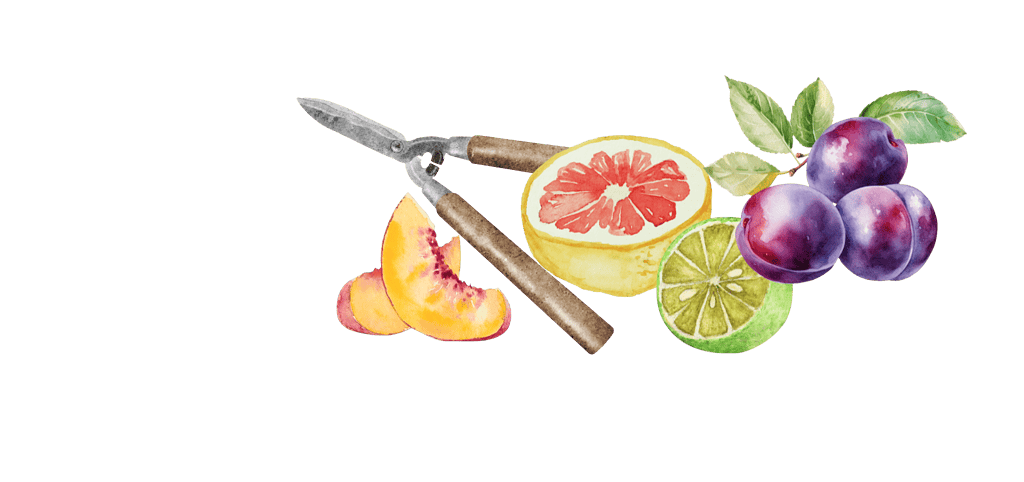
In the Orchard
- Plant temperate fruit trees (stone, pip and citrus):
- prep the soil well
- pay special attention to giving trees adequate space in our humid climate 5m for stone fruit, 3-5 m for pip fruit depending on rootstock, 2-3 m for citrus depending on variety
- workshop on Sunday July 28th
- Prune fruit trees on a dry day
- prune pip and stone fruit starting with the stonefruit as they are the first to flower
- plenty of time before apples break leaf so leave them til last
- clean up and burn/hot compost any mummified fruit and prunings
- Use clean, sharp tools
- Join us for our workshop on Sunday July 28th, details below
Words by Anamata & Caity Endt, our Food Resilience Coordinator
